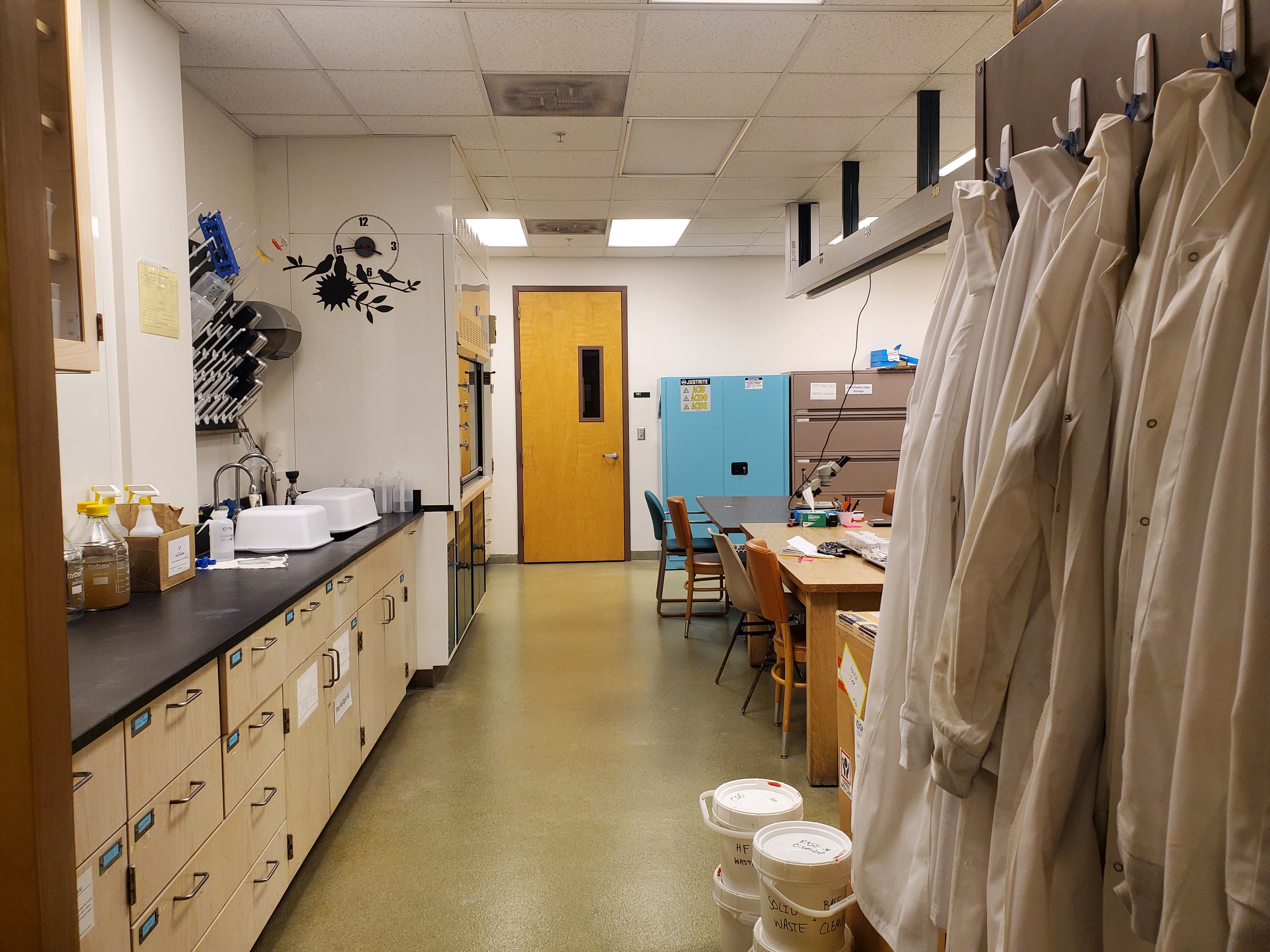Research & Education
IASCE Archaeobotanical and Paleoecological Laboratory
We are excited to announce the (imminent) opening of our archaeobotanical and paleoecological laboratory. Primary producers are the backbone of Earth’s biomes and studies of the diversity, distribution, and dynamics of past vegetation systems is essential to unpacking and evaluating the Anthropocene concept. Furthermore, these studies make up a crucial foundation for understanding the climatic and ecological changes with which humans have had to contend in the past as well as understanding the dietary and ritual roles that plants have played in human societies. Our lab will make lasting contributions to this body of knowledge through the recovery and analysis of microscopic plant remains from archaeological sites as well as ancient sedimentary records.
Plants and fungi leave a number of distinctive microscopic organic remains which can be used to identify and quantify past vegetation cover, dietary choices, and/or ecological change. Part of the reproductive cycle of terrestrial plants and fungi requires dispersing genetic material through pollen or spores, which causes seasonal misery for some, but provides an incredible body of data for studying past diets, ecological dynamics, and climates. Pollen is made from an incredibly durable organic compound called sporopollenin which can preserve for millions of years under the right conditions. Swamps, bogs, peatlands, and marine deposits are well known areas where ancient pollen can be preserved. Spores, the reproductive bodies distributed by fungi and ferns, are also distinctive and can be recovered in the same conditions where pollen is present.
Plants also produce distinctive intercellular structures known as phytoliths (from Greek “plant stones”), which are produced when silica fill in the cavities between the distinctive cell walls of plants. While the taxonomy of phytoliths is not as well documented as pollen, these microscopic structures are especially important in terrestrial dryland conditions where pollen is less likely to preserve.
Our newly equipped lab is dedicated to recovering these microscopic remains through physical separation and chemical digestion of soil and sediment samples. Once prepared, the microscopic plant remains are identified and quantified using a light microscope. In the IASCE offices, we are equipped to identify and photograph these remains using digital cameras, microscopes, and the keen eyes of our students and staff. Keep an eye on this space to see what projects we are working on and to hear about the exciting research our students and staff are pursuing.
